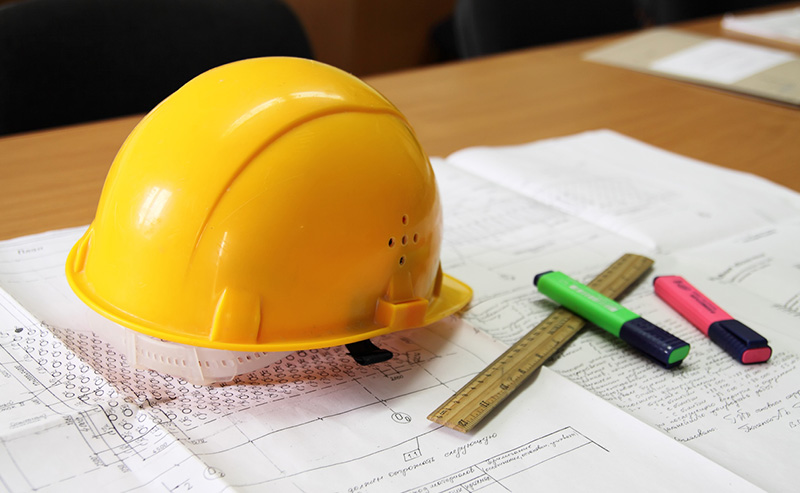A park. A library. A subdivision. A water treatment facility. A fire station. When it comes to community development, the placement of such things matters. And not just for convenience, but for resilience. That’s why local government leaders (and the community at large) should take into account land use and building codes when making such important decisions.
According to FEMA, combining land use planning and development decisions with strong building codes can significantly reduce vulnerabilities to buildings and infrastructure. Of greater importance, it can help save lives in the event of a hurricane, wildfire, flood, or other dangerous occurrence.
For these reasons and others, FEMA encourages everyone involved in community development to watch its recorded webinar, “Where and How We Build: Using Land Use and Building Codes to Increase Resilience.” It’s available online at https://www.youtube.com/watch?v=GSIa7ozUZJY.
The presentation, which runs about an hour, provides a structured conversation around the importance of building codes, as well as building code adoption and enforcement, as it relates to the Building Resilient Infrastructure and Communities, or BRIC, program.
BRIC, as the emergency management community knows, aims to support proactive investment in community resilience and risk reduction from natural hazards. It includes an annual FEMA Hazard Mitigation Assistance Grant, which for 2021, offers $1 billion in funding.
Community growth, for the most part, is inevitable. And the development decisions you make today can have long-lasting impacts, positive or negative, on the future. So, take this (and other) opportunities to learn more about land use and building codes, especially as you consider that new park, library, subdivision, etc. Such knowledge can go a long way toward reaching the best conclusion and ultimately ensuring your community’s resilience.






